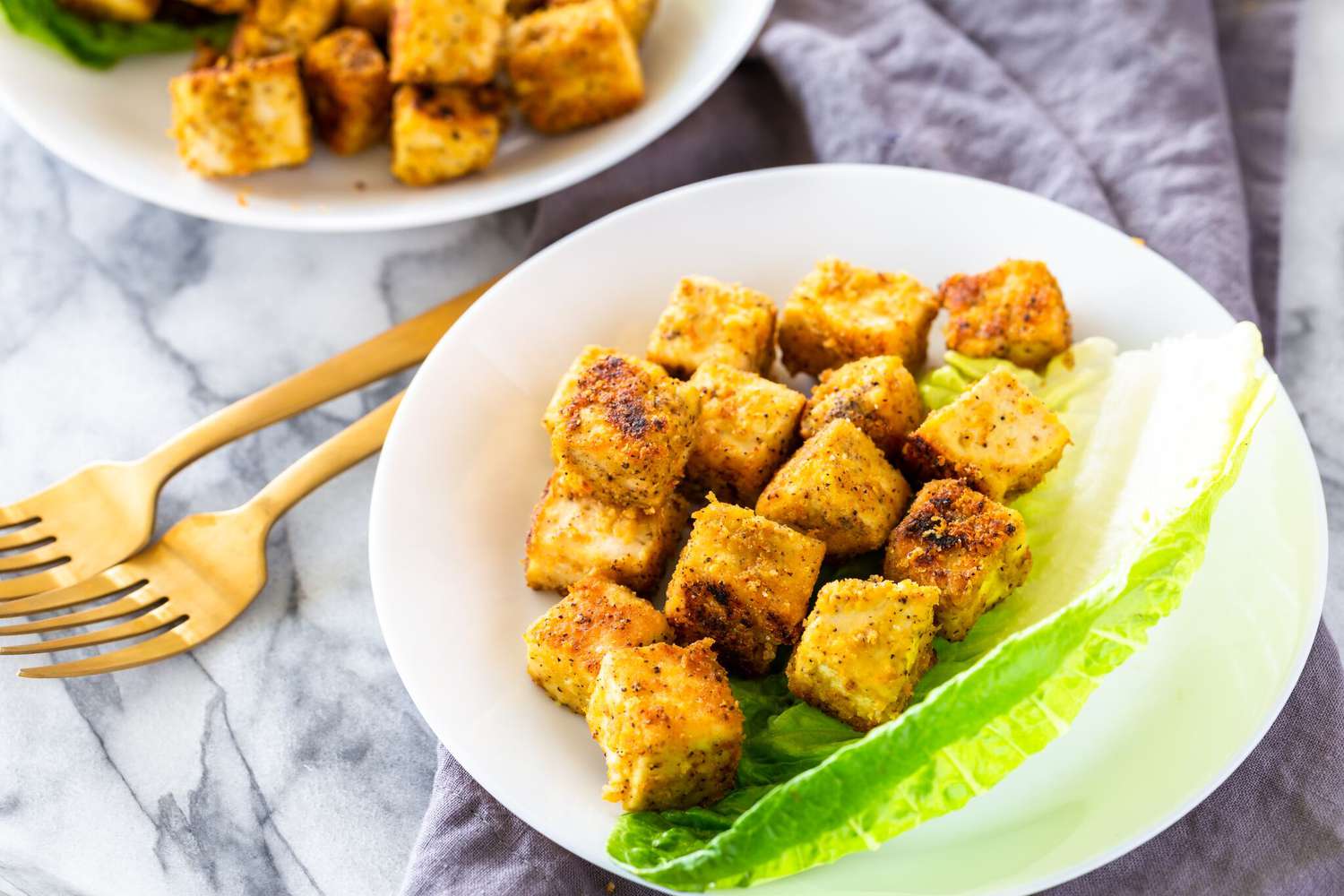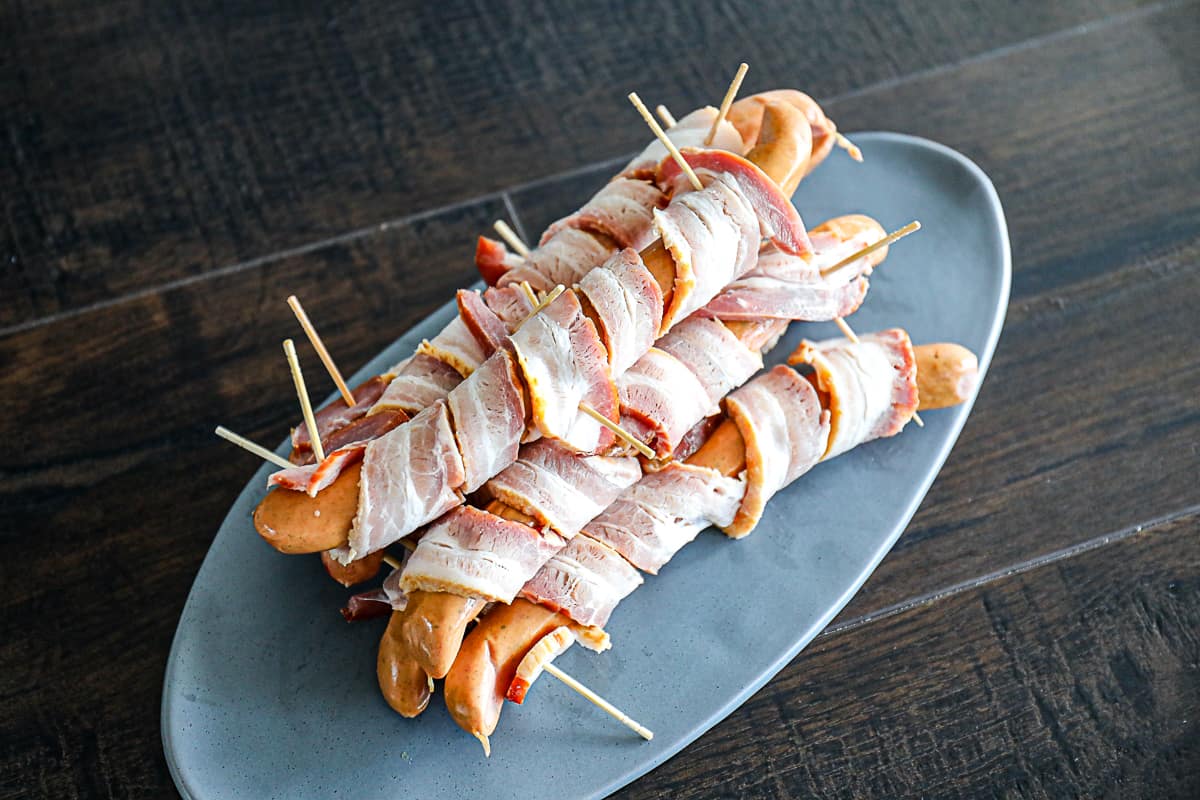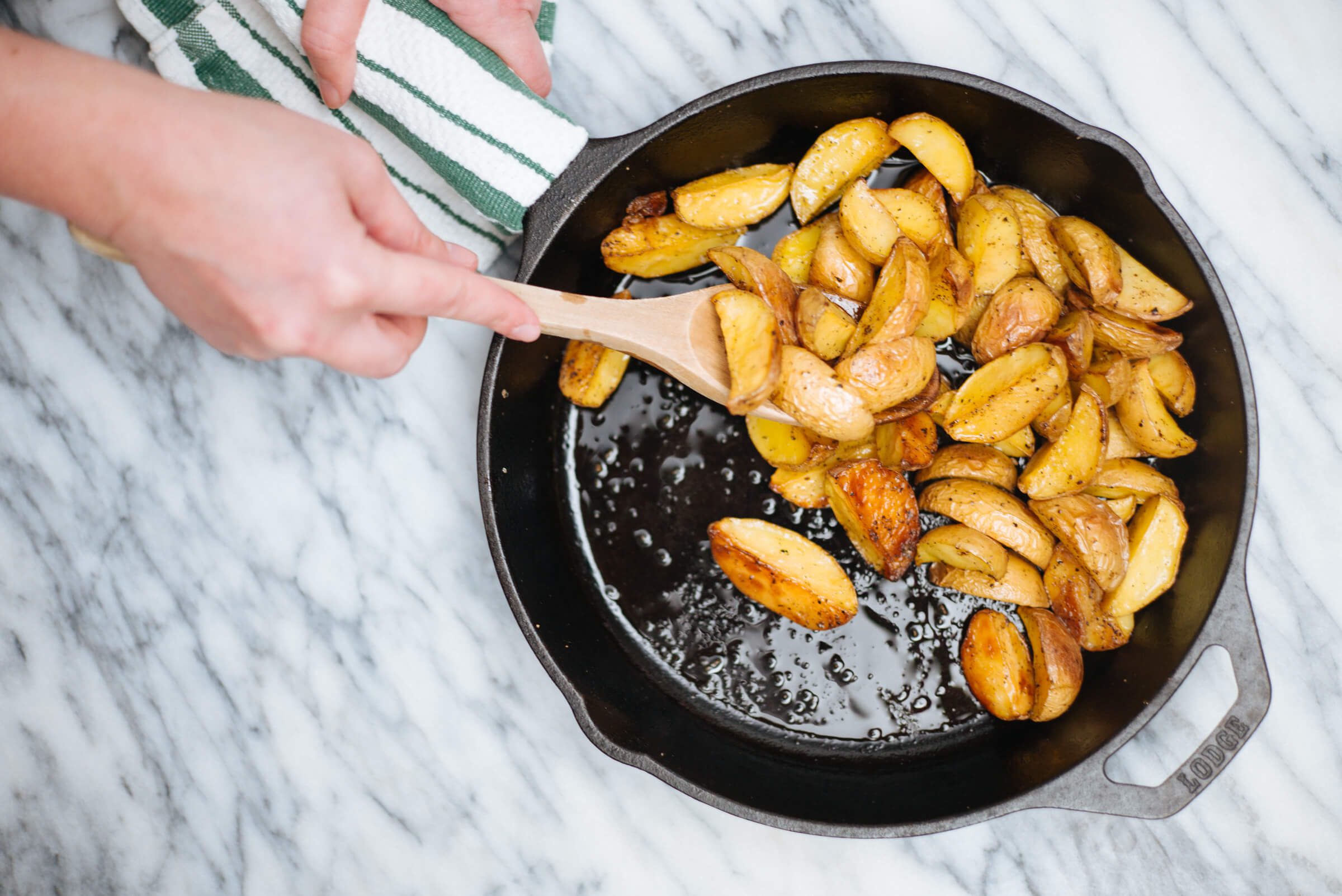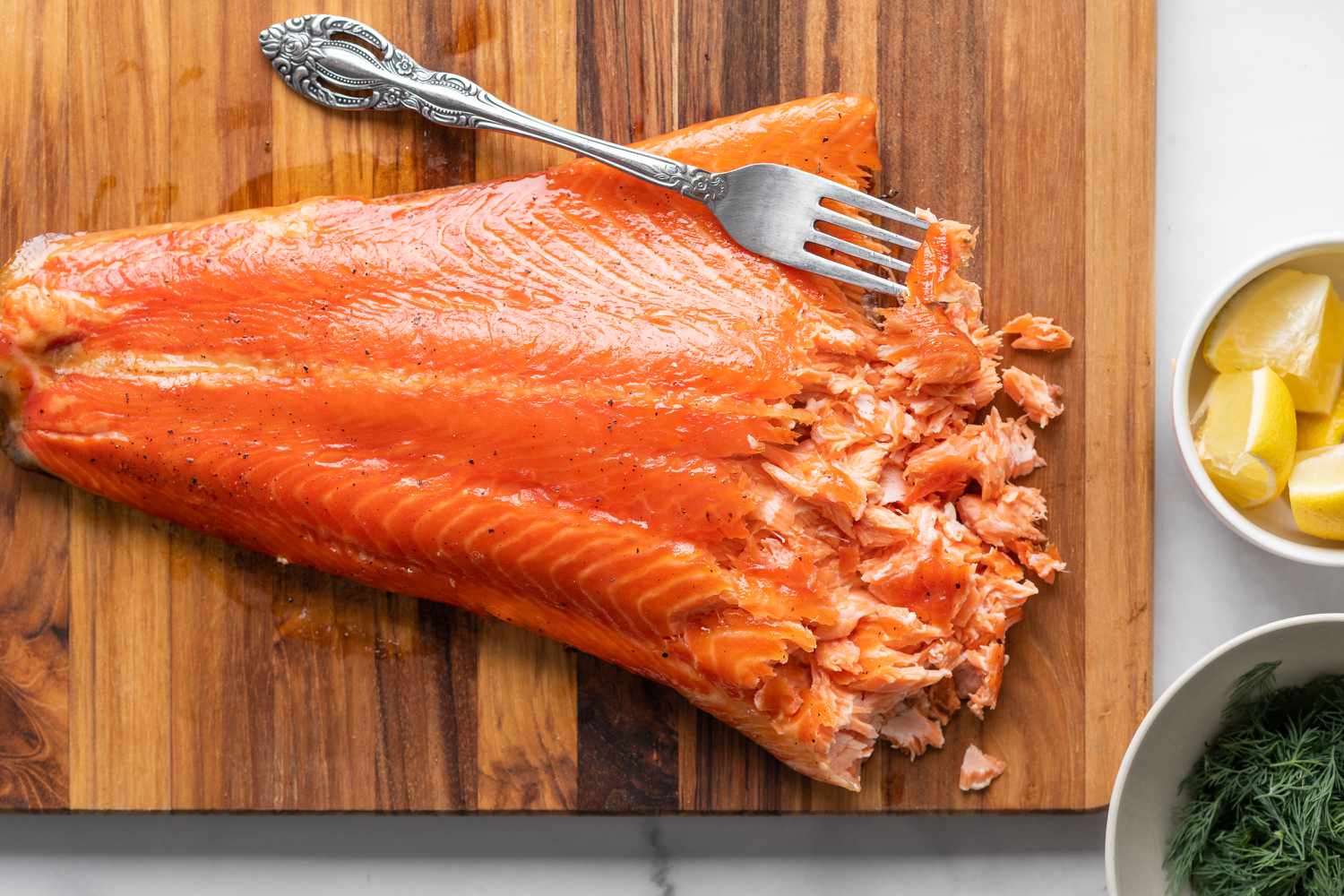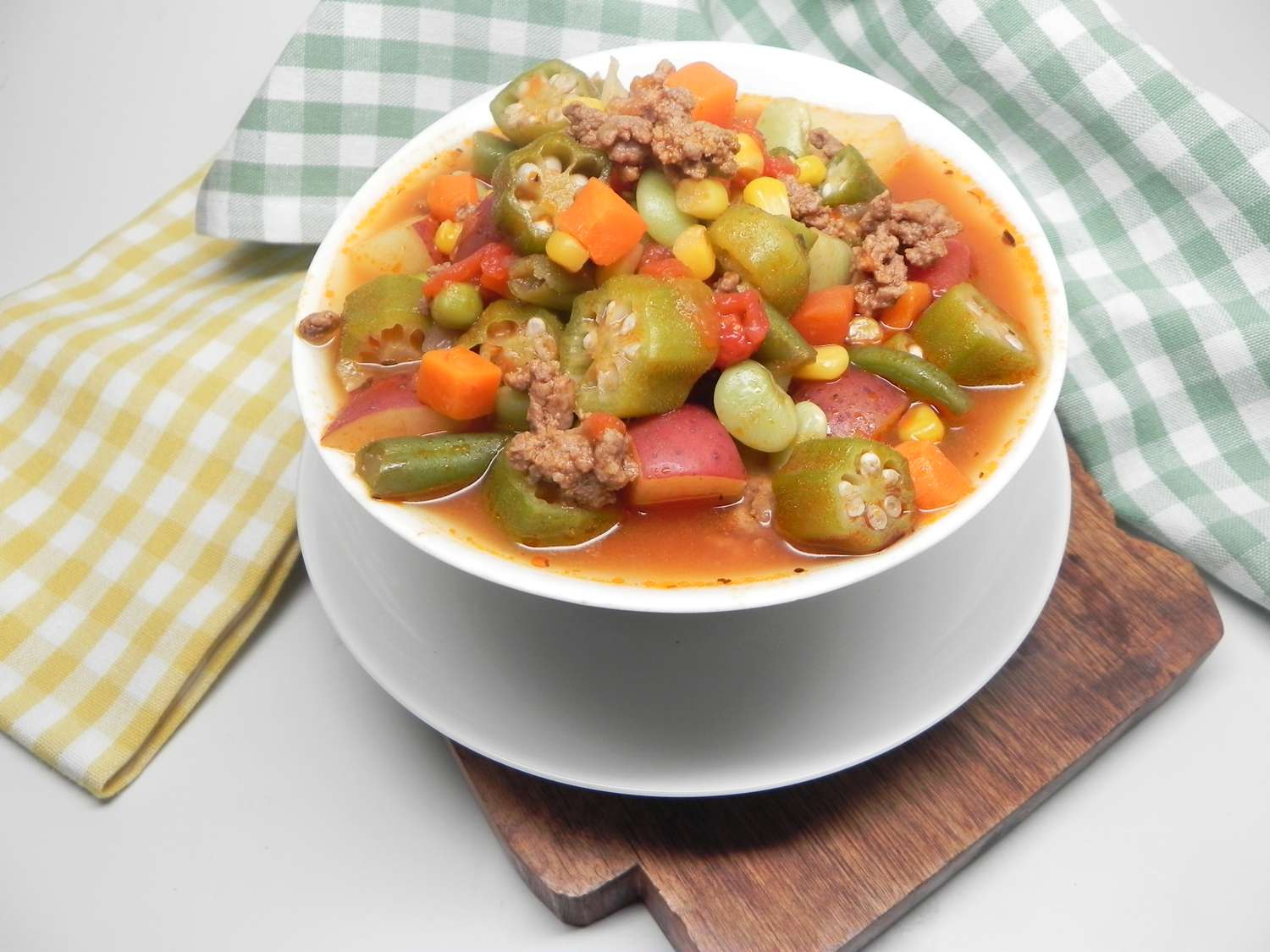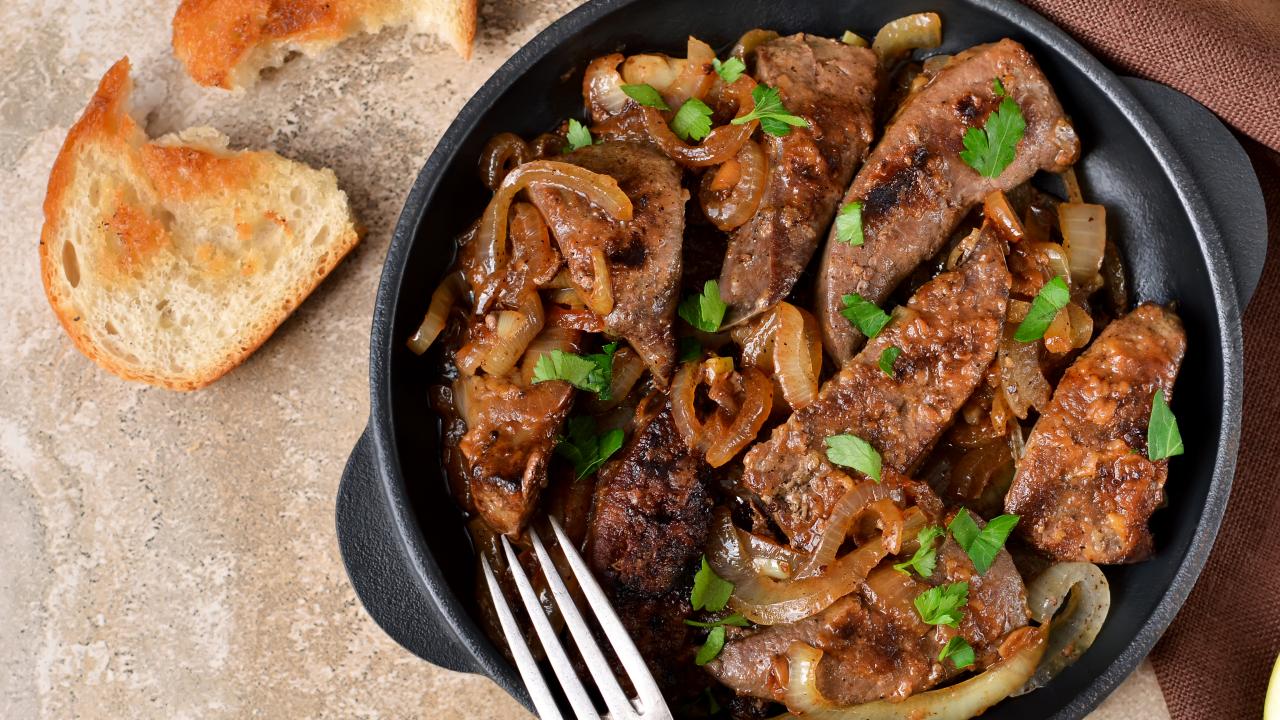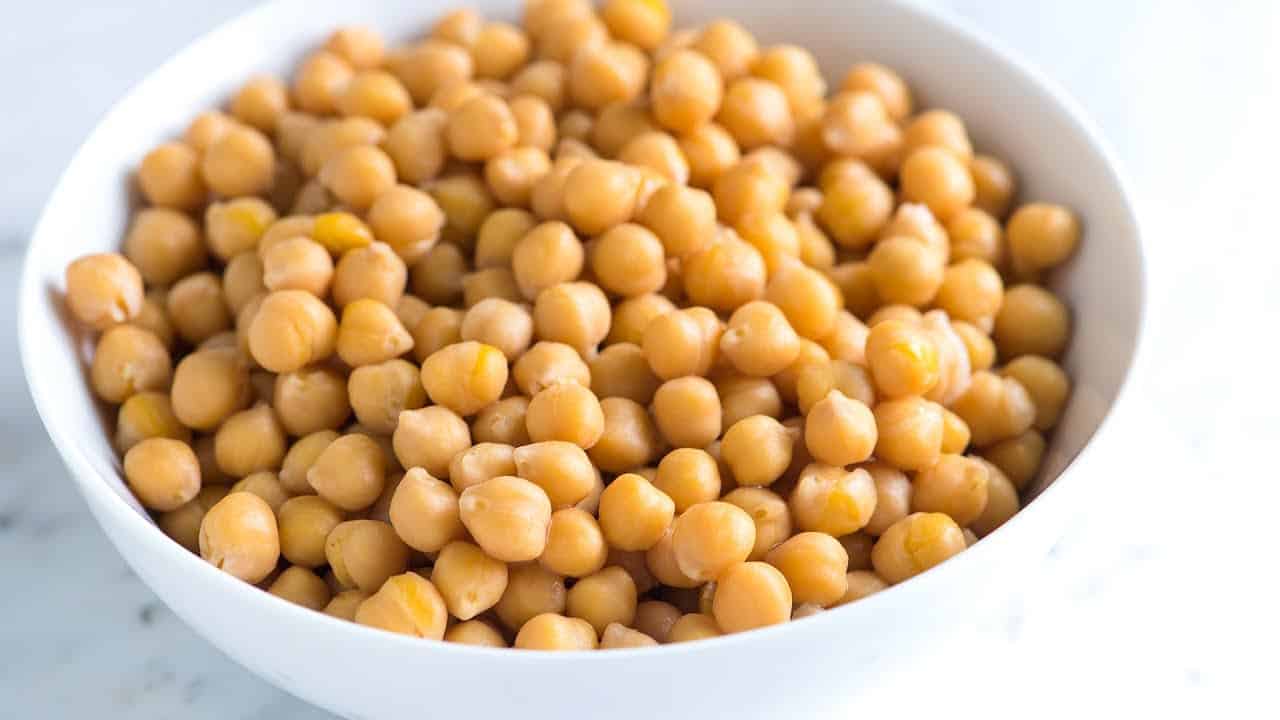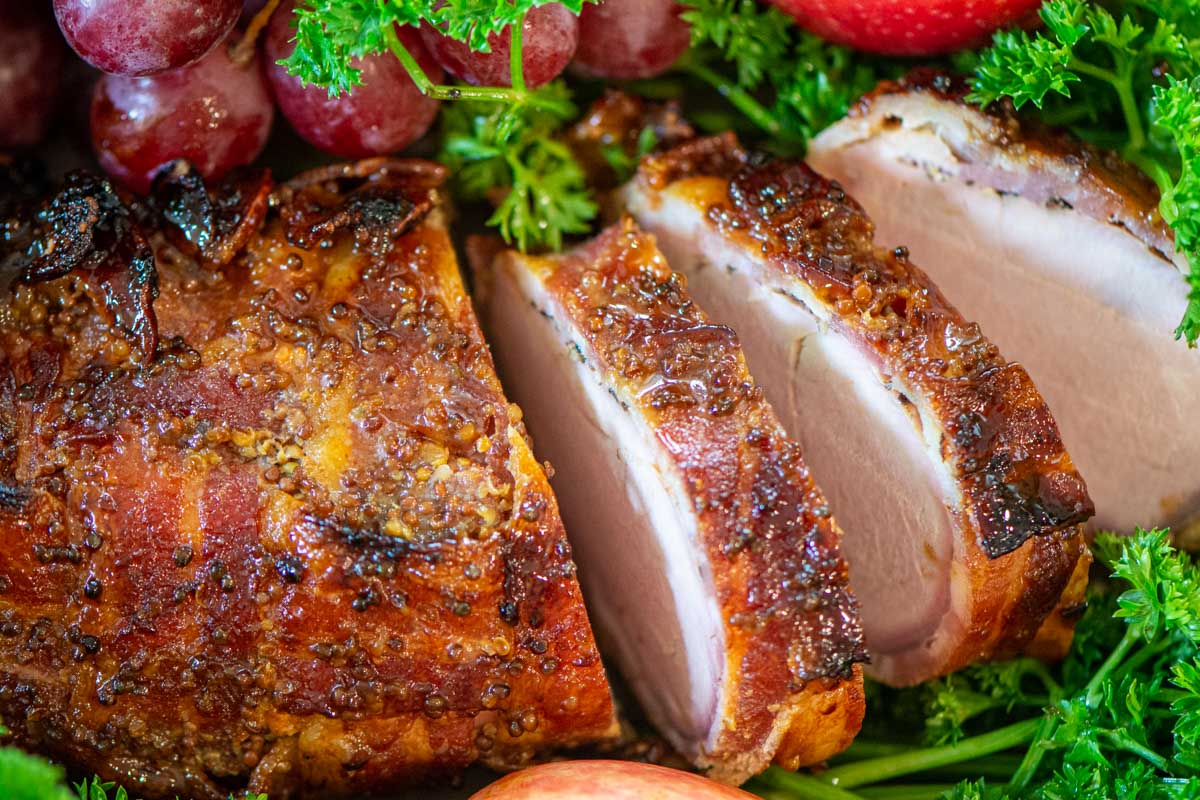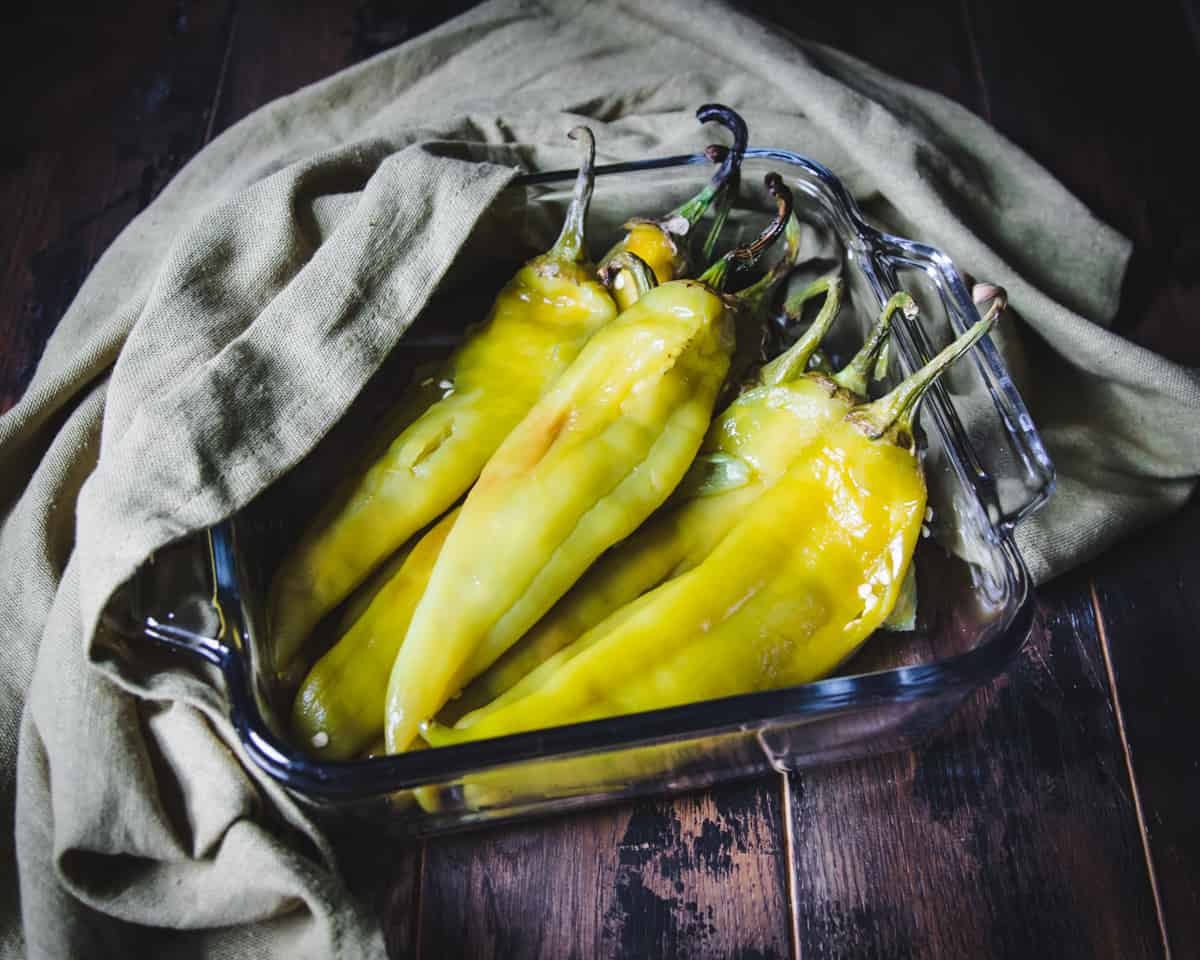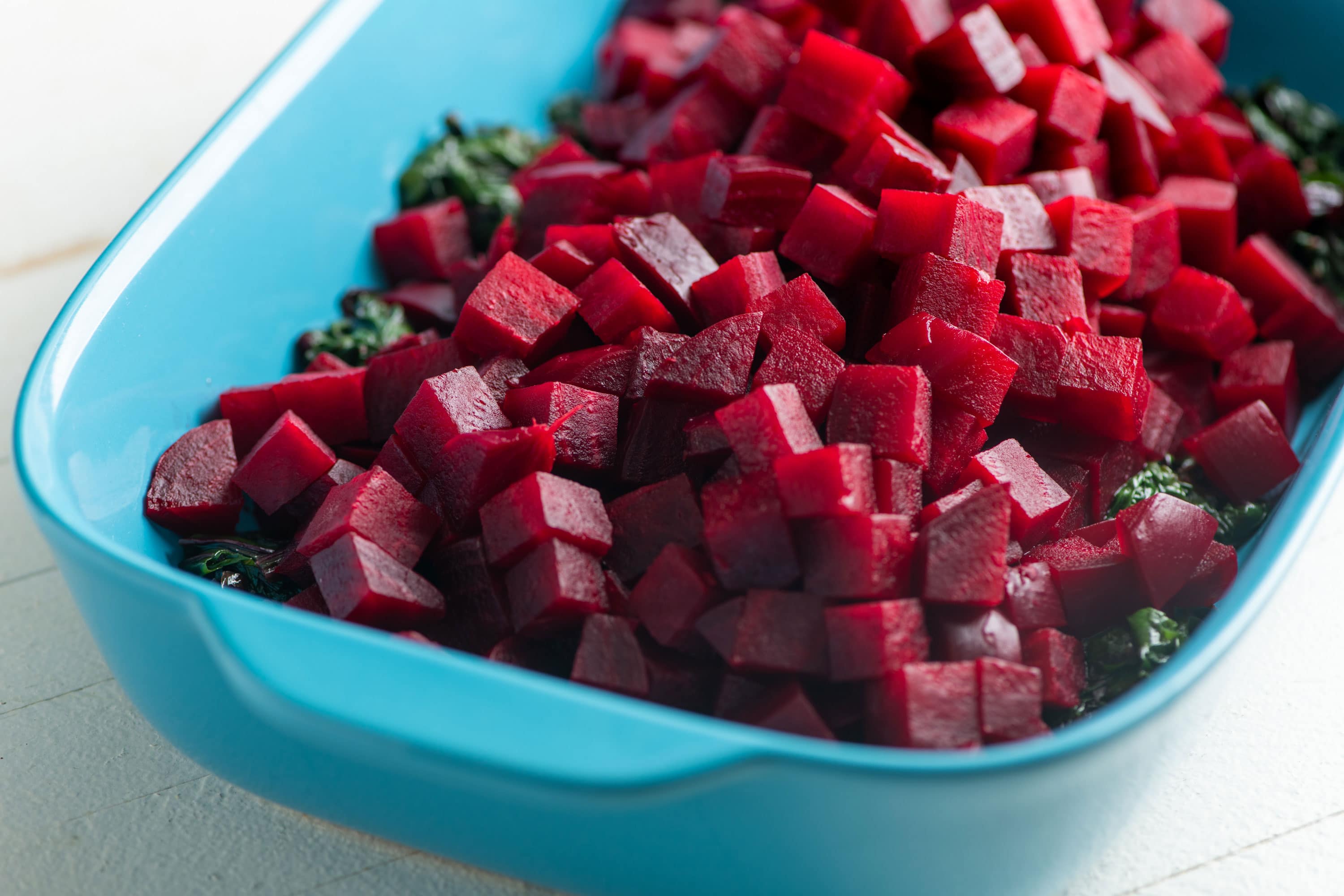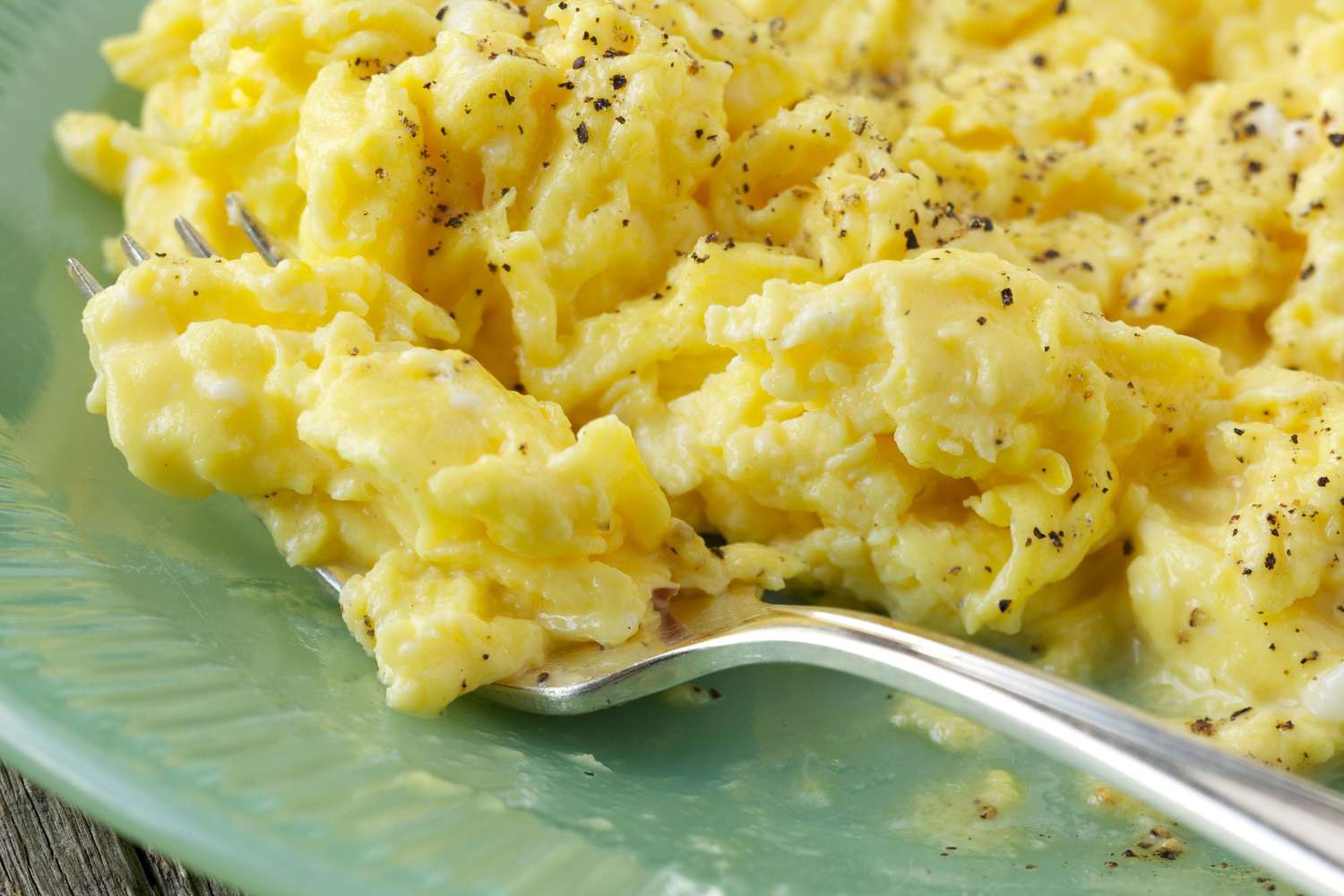Unlock the Delight of Oven-Baked Marinated Salmon
Are you ready to tantalize your taste buds with a succulent and flavorful dish? Look no further than oven-baked marinated salmon! Not only is it incredibly delicious, but it’s also a healthy option packed with essential nutrients. In this article, we will guide you through the simple steps to master this culinary delight right in your own kitchen.
Choosing the Perfect Marinade
A great marinade is the secret behind a delectable oven-baked marinated salmon. The possibilities are endless, but a classic combination includes lemon juice, minced garlic, fresh herbs like dill or parsley, olive oil, and a touch of honey or maple syrup for a hint of sweetness. This harmonious blend will infuse the fish with irresistible flavors as it bakes.
Here are some key tips to keep in mind when marinating your salmon:
- Allow the salmon to marinate for at least 30 minutes. This will give enough time for the flavors to penetrate the fish.
- Use a resealable plastic bag or a glass dish to marinate the salmon. Ensure that it is well-coated on all sides for maximum flavor.
- Refrigerate the marinating salmon during the process to keep it fresh and prevent any bacterial growth.
Preparing and Baking the Marinated Salmon
Once your salmon has absorbed the flavors of the marinade, it’s time to prepare and bake it to perfection.
Follow these steps for a mouthwatering result:
- Preheat your oven to 375°F (190°C) to achieve a deliciously moist and succulent salmon.
- Line a baking tray with parchment paper or lightly grease it with cooking spray to prevent sticking.
- Place the marinated salmon on the prepared baking tray, skin-side down, if your filet has skin.
- Bake the salmon for approximately 12-15 minutes for every 1 inch (2.5 cm) of thickness. The salmon should be opaque and flake easily when done.
Pro tip: For a crispy and caramelized finish, switch your oven to broil mode for the last 1-2 minutes of baking. Keep a close eye on it to prevent burning.
Pairing Suggestions and Serving Ideas
While oven-baked marinated salmon is truly a star on its own, pairing it with complementary sides can elevate your culinary experience. Here are some suggestions:
- Steamed asparagus or roasted vegetables
- Quinoa or wild rice pilaf
- Butter-tossed baby potatoes
- Fresh salad greens with a zesty vinaigrette
When it comes to serving, let your creative side shine. You can garnish your salmon with a sprinkle of fresh herbs, a squeeze of lemon juice, or even a drizzle of tangy homemade sauce. The choice is yours!
Unlock the Flavors Today!
Now that you have the know-how, it’s time to gather the ingredients and embark on a culinary adventure with oven-baked marinated salmon. Remember, the key to achieving an unforgettable dish is through a well-crafted marinade, proper baking technique, and creative pairings. So, tie on your apron, turn on the oven, and let the flavors unfold!
The guide on how to cook marinated salmon in the oven offers an array of exciting recipes that anyone can master. For those who love a blend of sweet and savory, the Honey Soy Marinated Salmon and Maple Dijon Marinated Salmon are excellent choices. They balance flavors beautifully and are easy to prepare. If you're hoping for something with a bit more zest, the Lemon Garlic Marinated Salmon and Cilantro Lime Marinated Salmon provide a refreshing twist. For a bit of a kick, the Spicy Cajun Marinated Salmon will surely impress your taste buds. Each recipe not only highlights the versatility of salmon but also makes use of simple, readily available ingredients.
Was this page helpful?
Read Next: How To Cook A Petite Sirloin Roast

